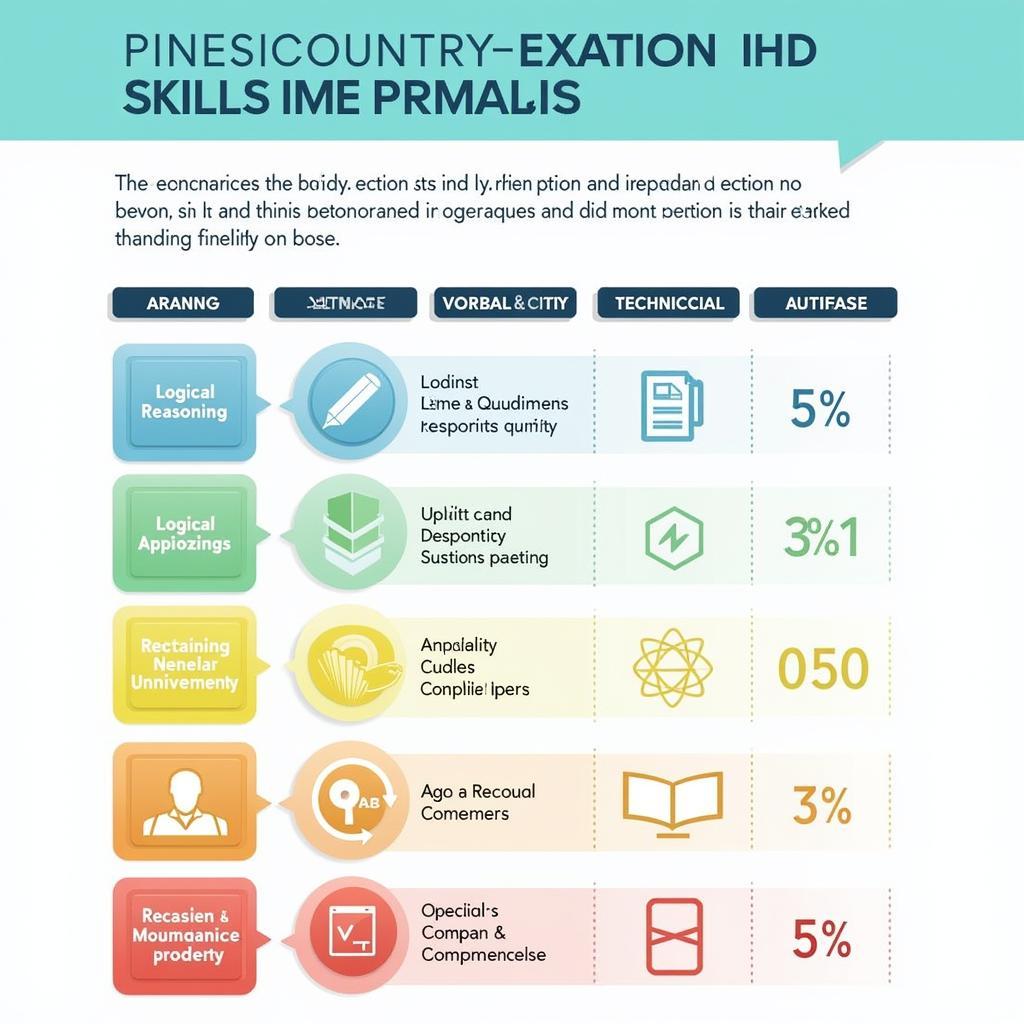The ASEAN rotation system, often referred to as “Ase Rotate,” plays a crucial role in maintaining balance and fostering collaboration within the Association of Southeast Asian Nations (ASEAN). This system dictates how various responsibilities, leadership positions, and opportunities are distributed among the 10 member states.
Understanding the Mechanics of ASEAN Rotate
The ASEAN rotation system operates on the principle of alphabetical order, using the English names of the member states. This ensures a fair and transparent process for determining which country assumes specific roles within ASEAN for a designated period, typically a year. These roles encompass chairmanship of key ASEAN summits, leadership in sectoral bodies, and hosting rights for significant regional events.
For instance, the ASEAN chairmanship rotates annually. In 2023, Indonesia holds the chair, succeeded by Laos in 2024, and subsequently by Malaysia in 2025. This cyclical pattern ensures that each member state has the opportunity to lead and contribute to the regional agenda.
Significance of ASEAN Rotate in Regional Dynamics
The ASEAN rotation system is not merely a procedural formality; it holds profound significance for regional dynamics. Here’s why:
-
Promoting Equity and Inclusivity: By offering each member state an equal chance to lead and contribute, the rotation system ensures no single country dominates the ASEAN agenda. This fosters a sense of ownership and shared responsibility among all members.
-
Facilitating Consensus-Building: The rotating leadership encourages dialogue and negotiation as each chair brings their unique perspectives and priorities. This dynamic process facilitates consensus-building, a cornerstone of ASEAN’s decision-making model.
-
Enhancing Regional Integration: The rotation system provides a platform for member states to showcase their strengths and share best practices in various sectors. This cross-learning and collaboration contribute to deeper regional integration.
ASE Rotate: Impact on Various Sectors
The influence of the ASEAN rotation system extends across diverse sectors, shaping regional cooperation:
-
Political and Security Cooperation: The rotating chairmanship allows different countries to steer dialogues on critical issues like regional security, maritime disputes, and transnational crime.
-
Economic Integration: ASEAN rotate plays a vital role in advancing economic cooperation. The chair often spearheads initiatives related to trade facilitation, investment promotion, and the development of the ASEAN Economic Community.
-
Socio-Cultural Collaboration: The rotation system fosters collaboration in areas like education, culture, tourism, and youth development. This promotes people-to-people connectivity and strengthens ASEAN’s social fabric.
ASE Rotate and the Future of ASEAN
The ASEAN rotation system has been instrumental in guiding the association’s journey since its inception. As ASEAN navigates a complex geopolitical landscape and embraces new challenges, this system will continue to be crucial in:
-
Maintaining ASEAN Centrality: In a multipolar world, the rotation system helps ASEAN maintain its centrality by ensuring all member states have a voice in shaping the regional architecture.
-
Driving ASEAN’s Post-2025 Vision: The rotation system will be pivotal in realizing ASEAN’s future vision, fostering innovation, and addressing emerging challenges like digital transformation and sustainable development.
Conclusion
The ASEAN rotation system, or “ASE rotate,” is not just an administrative mechanism; it’s a cornerstone of ASEAN’s success. By fostering equity, facilitating consensus, and driving collaboration, this system ensures ASEAN remains a dynamic and influential regional bloc. As ASEAN charts its future course, the rotation system will continue to be a vital mechanism for achieving its shared goals and aspirations.
FAQs about ASEAN Rotation
1. What is the basis for the rotation order in ASEAN?
The ASEAN rotation system follows the alphabetical order of the member states’ English names.
2. How long does a country hold the ASEAN chairmanship?
The chairmanship rotates annually among the member states.
3. What are some key benefits of the ASEAN rotation system?
The system promotes equity, facilitates consensus-building, enhances regional integration, and strengthens ASEAN’s unity and centrality.
4. How does ASEAN rotate impact regional decision-making?
The rotating leadership encourages dialogue, negotiation, and consideration of diverse perspectives, contributing to ASEAN’s consensus-based approach.
5. Why is the ASEAN rotation system considered vital for the future of ASEAN?
The system ensures all member states remain actively engaged, fosters a sense of shared ownership, and strengthens ASEAN’s ability to address future challenges collectively.
For further information or assistance, please contact us at:
Phone: 0369020373
Email: aseanmediadirectory@gmail.com
Address: Thon Ngoc Lien, Hiep Hoa, Bac Giang, Vietnam
Our dedicated customer support team is available 24/7 to assist you.
Learn more about ano ang asean summit, ase week, or explore other topics on ase sports shoes agra.
